Table of Contents
Can’t find your right ski pole? Whether you’re selecting the perfect ski pole size or the best ski boot size for yourself, your ski adventures shouldn’t miss a thing. If you’re considering what size ski poles I need, you must stop worrying now. We are going to guide you through all kinds of ski poles and their sizes according to your suitable height. Be it 90 degrees of pole height under or any downhill ski pole or telescoping poles; your guide is here. Hence, let us dive together into those snowy adventures under extreme powder conditions.
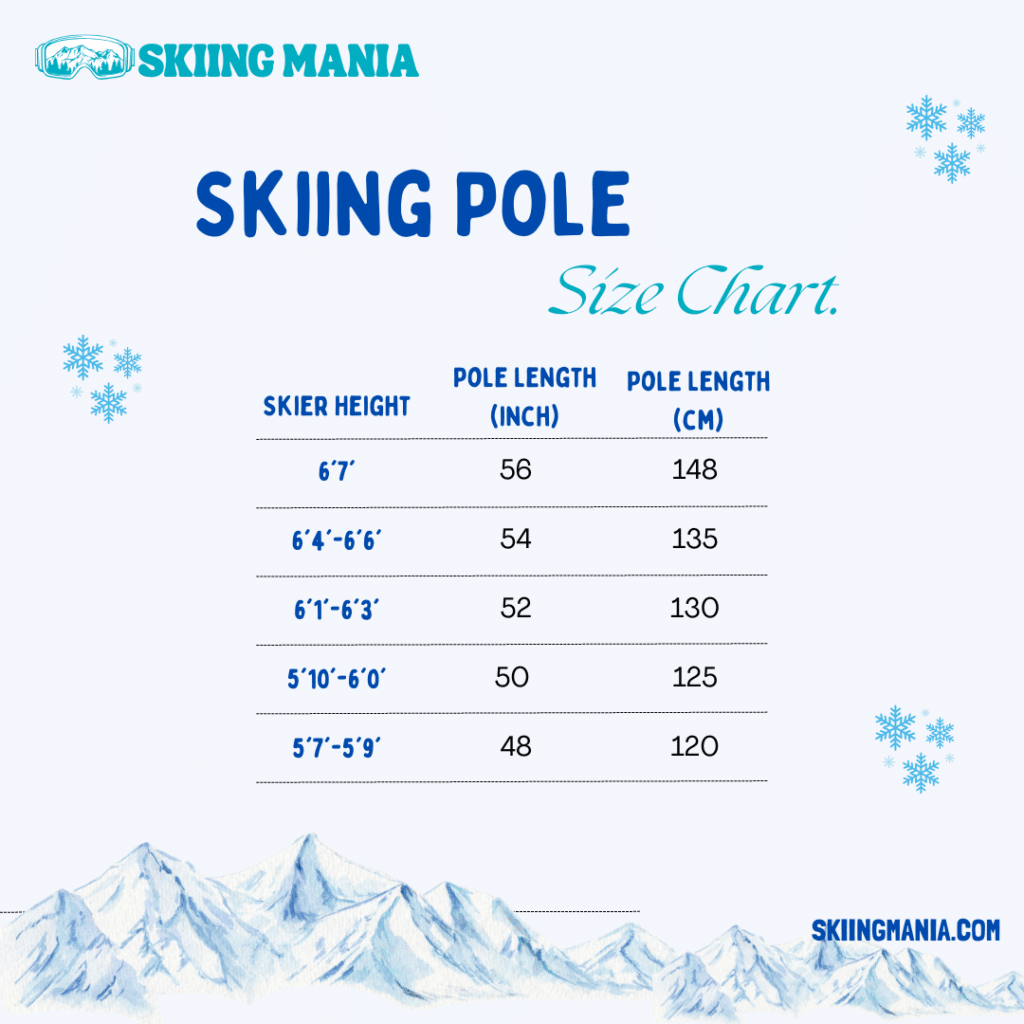
Finding the Perfect Pole Size
Selecting the appropriate size for your ski poles is essential for the best slope results. Having the appropriate length guarantees balance, stability, and maneuverability when skiing.
- Generally speaking, ski poles should be sized so that your elbows form around a 90-degree angle when you grip them.
- This makes planting and moving poles more effective. However, the perfect length might vary depending on several factors, including personal choice, terrain, and skiing style.
- Longer poles may offer superior leverage and support for backcountry or powder conditions skiing in deeper snow.
- In contrast, shorter poles may be better suited for faster turns and control when skiing downhill on groomed courses.
A size chart or guide can provide recommendations based on your dimensions. You may improve your on-mountain performance and skiing pleasure by carefully considering these variables and appropriate pole sizing.
Type of Skiing Poles
There are five primary types of ski poles. Here’s a look at them.
- Ski Racing Poles: Stiff and lightweight for quickness and accuracy.
- Nordic ski Poles: Longer and slimmer to improve technique and endurance.
- Powder Ski Poles: Wider and longer baskets for thick snow are features of powder ski poles.
- Freestyle Poles: Sturdier and shorter for leaps and stunts.
- Alpine Poles: Adaptable and sturdy for a range of environments and landscapes.
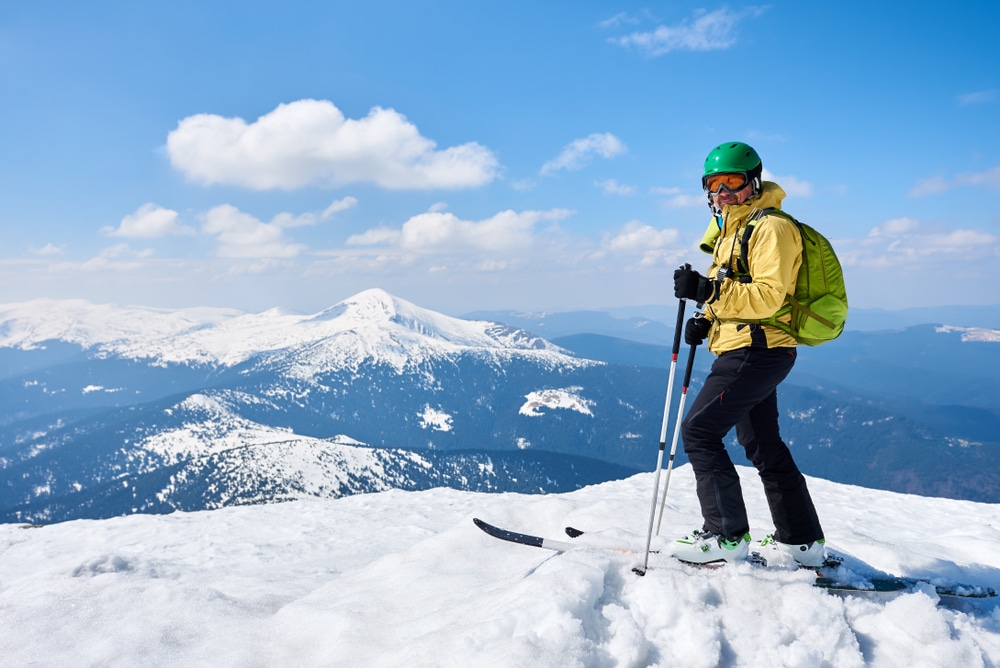
Measuring Ski Pole Size by Height
Proper gear is essential for a pleasant and pleasurable time on the slopes when skiing. Although ski pole length is sometimes disregarded, it greatly impacts how well you ski. Here’s a simple tip for adjusting the length of your ski poles according to your stance and posture, along with instructions on measuring ski poles precisely.
Step 1: Wear your Ski Boots
Since you’ll be using these boots while skiing with your new ski poles, wearing ski boots or shoes with a matching sole thickness is crucial for an accurate measurement.
Step2: Continue to Grip the Poles
Have someone measure the distance along the ski pole shaft from the top grip to the bottom tip while you hold the poles as though you were skiing.
Step 3: Verify Again: Should I Enlarge or Reduce?
Once you know the measurement, make sure your ski pole length is accurate by checking the following;
- Turn the ski poles so the tips are in the air, and the grips are on the ground.
- Hold the poles upside down.
STEP 4: Measure Elbow Angle
Grasp the poles underneath the basket so your thumb tips touch it. Look at the angle that your elbow makes.
- You could require a marginally shorter pole if your elbow is sharp and not quite at a 90-degree angle.
- Your elbow should be about a 90-degree angle, indicating that the pole length is probably accurate.
- Your existing ski poles may be too short; if your elbow is obtuse and extends beyond ninety degrees, you may need a longer size.
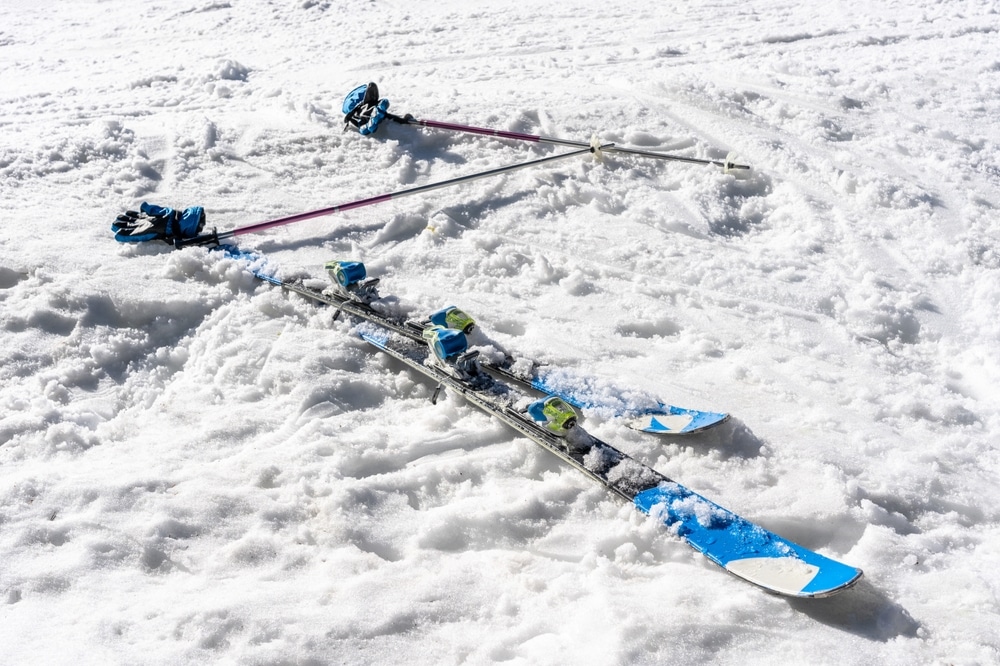
What Does a Ski Pole Consist of?
The anatomy of a ski pole includes vital parts necessary for safety and effective skiing.
- Grips: Designed for comfort and optimal grip, grips are positioned at the top of the pole. They are made of varying sizes and materials to fit various hand sizes and preferences, guaranteeing a firm grip and control.
- Ski Straps: Ski straps encircle the skier’s wrists, forming an essential connection between the skier and the poles. They provide security by keeping skiers’ poles safe from unintentional release and enabling them to loosen their grasp without losing grip.
- Shafts: Stretching from the grip to the snow basket types, make up the basic structure of the ski pole. Shafts, typically made of aluminum or composite materials like carbon fiber, offer lightweight structural stability, improving agility and maneuverability when descending hills.
- Snow Baskets: Attached at the bottom of the pole, these disk-shaped devices prevent the pole from sinking too far into the snow. They also improve support and stability, particularly in deep or soft snow conditions.
Found at the very end of the pole, tips are shaped differently depending on the terrain and offer the traction and stability needed to keep balance and control when skiing.
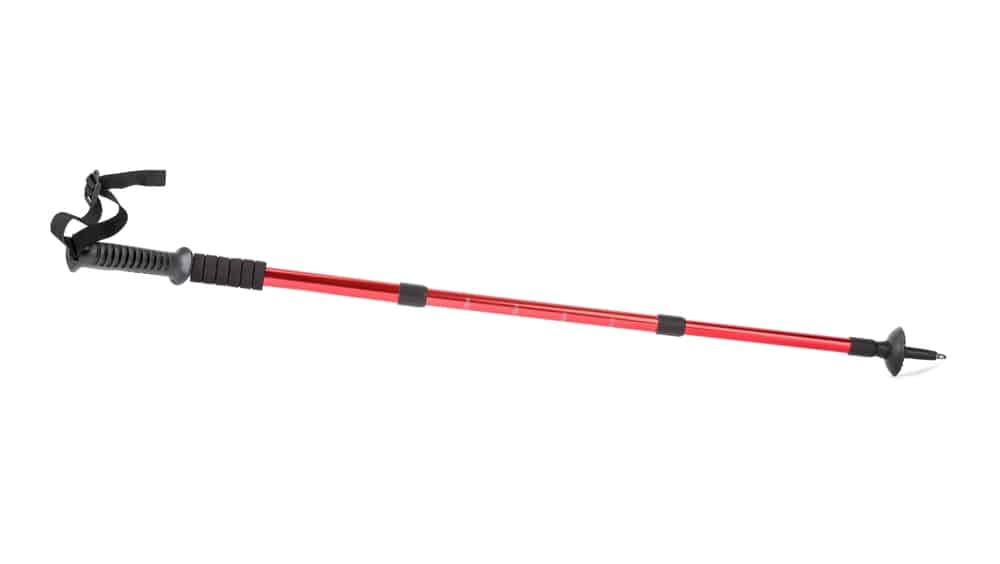
Final Word ⛷️
To conclude the blog, choosing the appropriate size for your ski poles is essential to optimizing the hills’ comfort, stability, and performance. You may reliably decide the optimum length for your ski poles by following a few easy procedures suggested above, which include measuring your height, thinking about your skiing technique, and reviewing size tables.
In conclusion, choosing the correct length for your poles can improve your skiing and help you confidently take on any challenge. So, the next time you hit the slopes, make sure you’ve selected the appropriate ski pole size.
TIME FOR A FUN SKI!

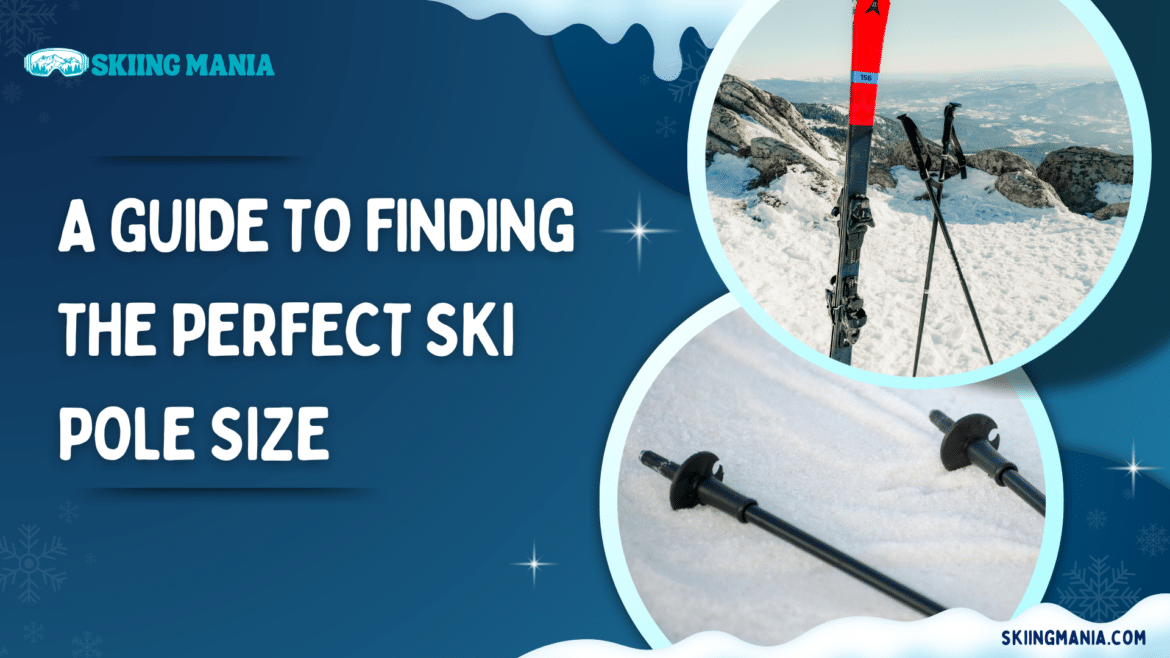
1 comment
I’m so impressed with this article! It’s informative, well-written, and really easy to follow. The author’s expertise shines through